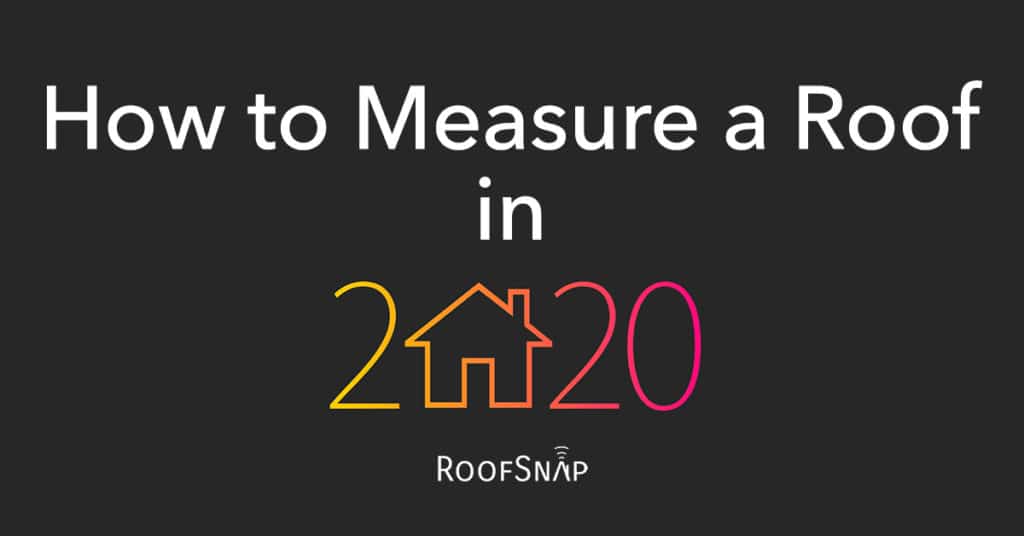It seems like every other week, we hear about some fantastic new technology that sounds like it’s pulled from the pages of science fiction. Of course, a lot of impressive new tech that’s “just on the cusp” of becoming a reality never makes it into our homes or workplaces.
That’s why the real test of technology is if it’s adopted into our everyday work and lives.
Science and roofing are increasingly converging in a profound way. And make no mistake, these revolutionary new roofing technologies aren’t prototypes or beta code residing in the mind’s eye of a programmer.
This article will explore some roof technology that is on job sites right now as well as up-and-coming technology at the forefront of innovation. Here are nine revolutionary roof technology trends for 2023 and 2024 that you should know before your competitors.

1. Self-Healing and Self-Cleaning Roofs
Traditional asphalt shingles make for an attractive, cost-effective roof. The downside? They’re notoriously prone to weather, mildew, and other maintenance issues.
Granule loss—whether caused by wear or scratching—is a particularly insidious form of damage. Too much granule loss can lead to moisture damage, cracking, and UV degradation.
Self-healing shingles are fabricated from thermoplastics. This material allows them to repair minor scratches. Here’s how it works:
When the sun heats the thermoplastics, the polymer separates. Then, as the shingle cools, the molecules in the thermoplastic create new bonds, sealing any damage like scuffs and scratches in the shingle. Pivotally, the heating and cooling process does not impact the durability of thermoplastics.
This new roofing technology heals itself from damage caused by scratches and scuffs without losing its durability.
Similarly, roofs treated with new coating technologies make it difficult for water and dirt to stick. The water-repellent coating prevents water buildup that can create damaging mildew. The coating also means that dirt is easily washed away in the rain, effectively making the roof self-cleaning.
This roof technology gives your customers the perfect combination of traditional-looking shingles but with the upgraded performance of a metal roof.

2. 3D Printing in Roofing
Flexible, fast, and producing minimal waste, 3D printers are one of the most important new manufacturing tech in the 21st century. Their use is increasingly ubiquitous in a variety of sectors. Roofing is no exception.
With the assistance of computer-aided design (CAD), residential builders are using 3D printing to manufacture not just roofs but, in some cases, entire homes. It’s also being used to assist with the development of new roofing technologies like green roofs.
Right now, what’s preventing 3D printing from being used more often in residential and commercial construction is not structural integrity but something much more mundane.
Despite the apparent benefits, building codes have yet to account for this new roofing technology. This may be why companies offering solutions like innovative 3D printing-based roof patching services seem to go dormant after a few years.
However, there are undeniable benefits of 3D printing roofs. Eventually, innovators in business and government will usher this technology into the mainstream.
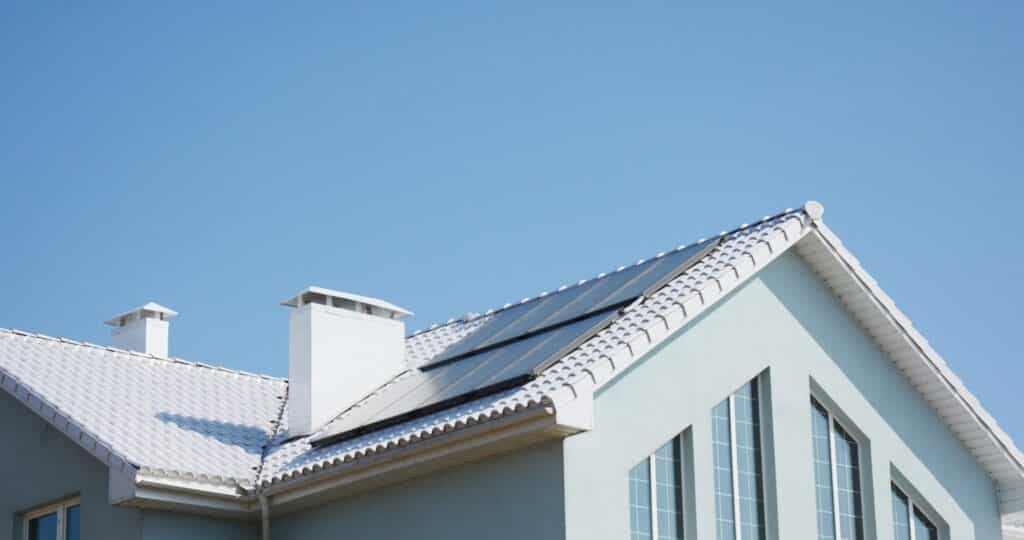
3. Cool or White Roofing
The development of white or “cool” roofing comes from a global push for better energy efficiency in response to climate change. Cool roof technology offers higher solar reflectance and thermal emittance than traditional roof technology. The result is more efficient cooling and reduced energy use.
Cool roofs can be made from naturally cool materials (like metal or light-colored shingles). They can also be achieved by adding a solar reflective coating. They can even be green roofs.
Every roofing business owner should be aware of cool roofing, especially those in sunnier climates. There may even be government-backed incentives for homeowners and building owners who choose this energy-efficient option.
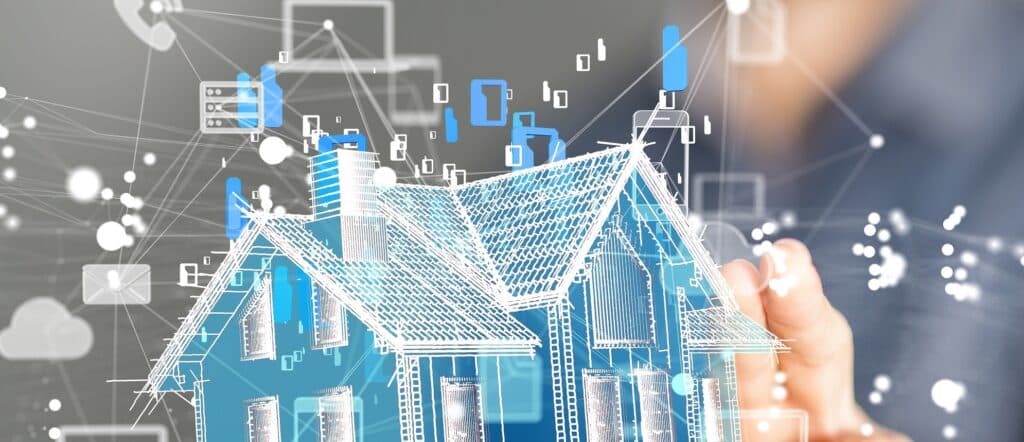
4. Smart Roofs
By now, internet-of-things technology is a relatively common sight inside the home. But what about on top of the house?
WiFi-connected roof sensors can help detect leaks, dangerous snow loads, blocked roof drains, and more. Like home security technology alerting you to disturbances, smart roof technology can alert you to potential roofing issues before they worsen.
Currently, smart roof tech is mainly deployed in commercial settings, like manufacturing facilities or cloud computing centers where water leakage could be catastrophic. But as the Internet of Things expands, driven by improving broadband speeds and more sophisticated sensors, your customers will soon want smart tech on their own roofs.
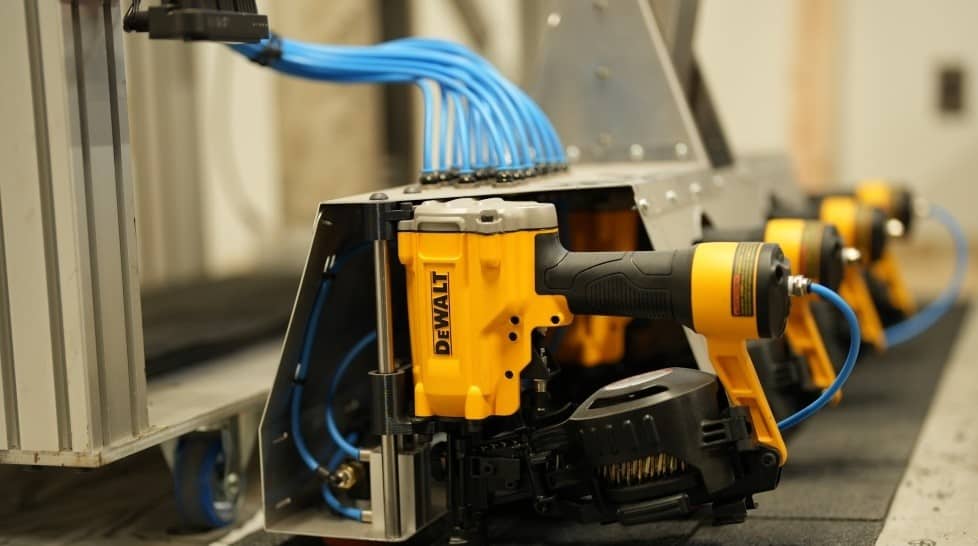
5. Robotics
The promise of robotics for construction—more efficiency, better safety, greater accuracy—continues to inspire innovators.
The robotic shingle installer is a recent robotic roof technology garnering a lot of attention. The winch-based robot still requires humans to operate it and reload shingles. So, don’t expect to see a fully autonomous robot installing roofs in the near future.
There’s also a Mars Rover-looking inspection robot trundling through job sites. With its high-resolution video camera and various sensors, this compact robot allows for safe inspections of dangerous or hard-to-access locations.
Like robotic shingle installers, robotic rovers aren’t going to do away with human roofing professionals any time soon. But new roofing technology like this holds the potential for additional automation and, in turn, efficiency.
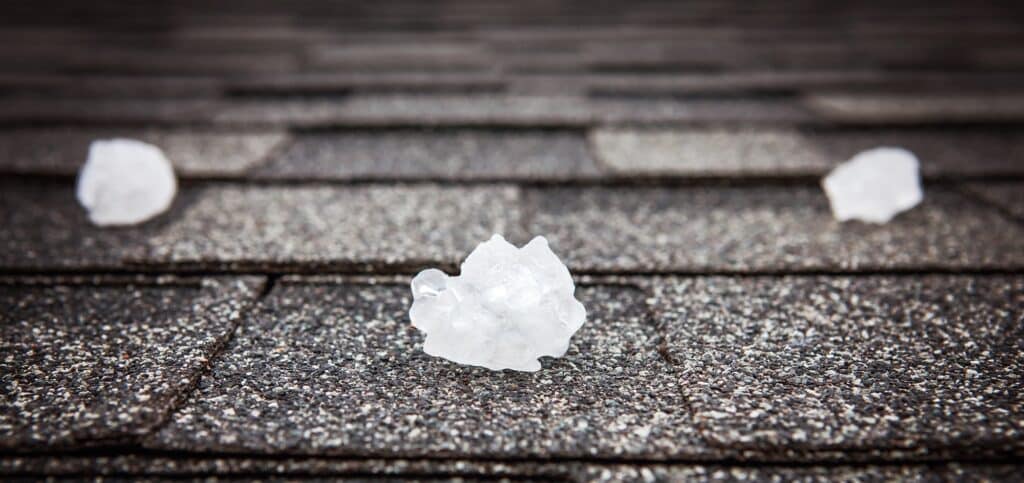
6. Increased Weather Resistance
As mentioned earlier, traditional shingles are susceptible to various weather hazards. Hail creates dips and cracks in shingles. These cracks become pathways for water penetration.
Hail-related shingle damage is estimated to be between 8 and 13 billion annually. That number will likely rise as extreme weather events become more common due to climate change.
Impact-resistant shingles are made from polymer-modified asphalt. This modified asphalt has greater flexibility, meaning it can handle impact better than traditional shingles. Insurance companies have been so impressed with this new roofing technology that some offer discounts for installing impact-resistant roofing products.
Roofing tech like this can save your customers on insurance costs while increasing the longevity and performance of their roofs.
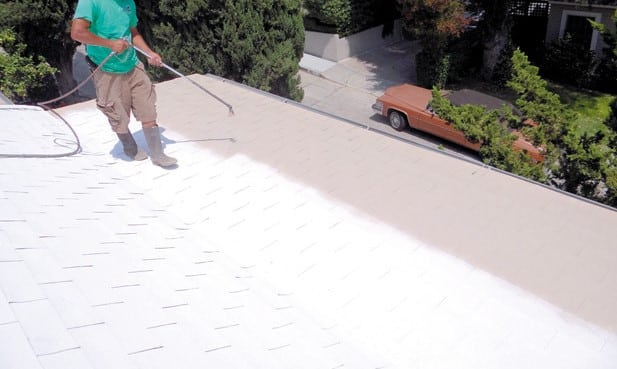
7. Silicone Roofing
Silicone roof coating can fill roofs’ cracks, blisters, and seams, better protecting them from the elements. It’s most often found on older roofs in relatively good shape. The added protection helps extend their lifespan.
The infrared inspection performed prior to application is the key to making this new roofing technology work. The inspection identifies any wet areas under the roof membrane.
After the wet areas are replaced, the roof is power washed to polish it; then, the primer and silicone coating are applied.
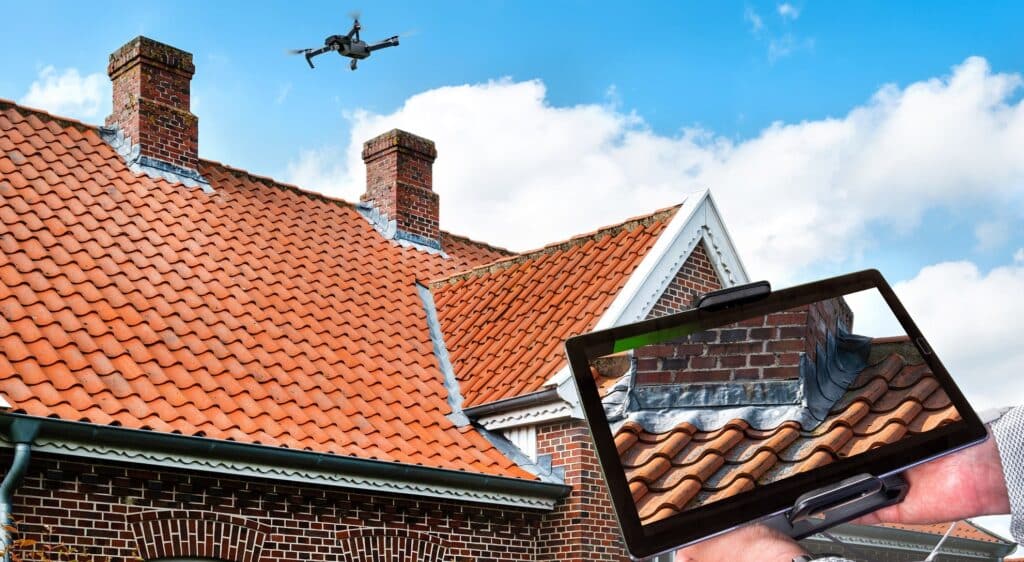
8. Drones
Roofers are finding more and more ways to bring drones onto the job site, like this autonomous roofing drone. It uses a nail gun to install shingles.
Heavy lift drones can accommodate an array of heavier high-definition cameras and sensors, allowing them to assist with inspections and measurements.
A similar drone-enabled process can help create inspection reports of customers’ homes in minutes. (For more information, check out our article on how to measure and inspect roofs with drones.)
Need easier remote roof measuring?
Get your first measurement free.
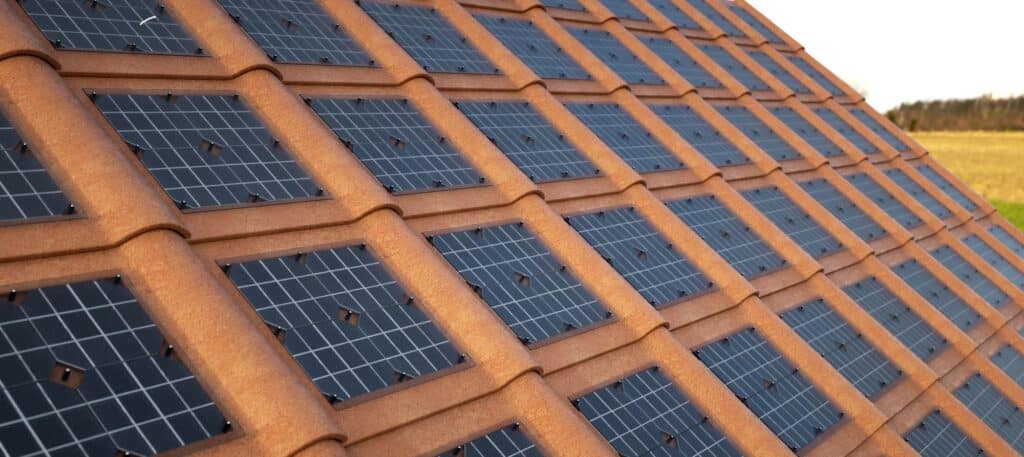
9. Advanced Solar Shingles & Panels
Rooftop solar panels are an increasingly common roof technology on residential and commercial roofs. But they’re not always the most attractive option.
Enter solar shingles. Like solar panels, solar shingles use photovoltaic technology to absorb sunlight and convert it to electricity. At the same time, they protect the structure from the elements like traditional shingles.
And because they resemble shingles, they offer greater energy efficiency while preserving the traditional look homeowners prefer. If your customers express reservations about solar panels but like the idea of generating their power, this could be the perfect middle-ground solution.
